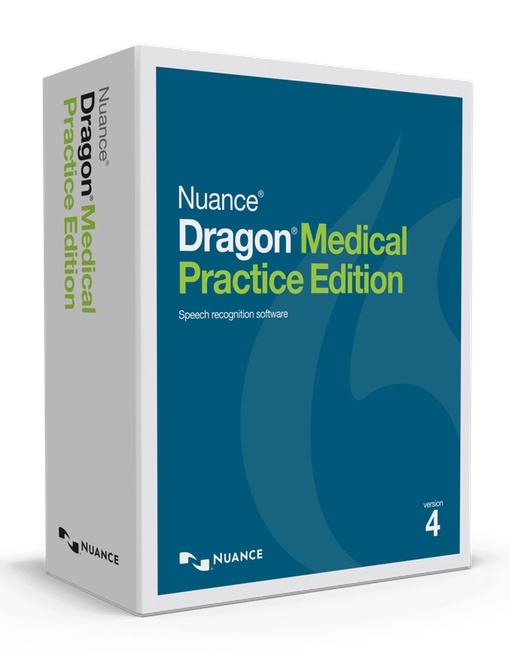
The agreement instead guarantees the agreed-upon rate for the entirety of the term, and it also keeps both InSync and your medical practice in HIPAA compliance for your transcriptions. That agreement does not contain any required minimums, so you can stop submitting work requests at any time and will not be charged further. InSync does not require you to sign any formal contracts, but it does request that you enter into a one-year business agreement. If you opt for additional services, just be sure to request a specific quote and pricing breakdown, as add-on costs may depend on your unique needs. InSync's standard pricing is competitive compared to the other medical transcription services we reviewed, especially considering the quality of service. In other words, for a 24-hour turnaround of transcription within your EMR, you'll pay roughly 11 cents per line. Medical transcription services in preferred EMR system: If InSync transcriptionists are working directly within your EMR system, expect to pay about 3 cents per line on top of the rate you pay for standard medical transcription services.Medical transcription services with expedited turnaround: To receive transcribed documents in less than 24 hours (as quickly as one hour after InSync receives your audio), you could pay 10 or 11 cents per line, depending on the difficulty of the work and how quickly you want your documents returned.Standard medical transcription services with 24-hour turnaround: This option costs about 8 cents per line, which is about average for the medical transcription services we reviewed.To receive a quote for your unique circumstances, you'll have to contact the company's sales department, but these are InSync's general rates: Specific pricing depends on the complexity and volume of the work.

InSyncHC employs the 65-VBC line pricing method. Some medical transcription services go above and beyond by entering data into the appropriate systems for you. These transcription services' accuracy rate is generally much higher than speech recognition software's, and proofreading is part of their quality assurance processes. By simply uploading audio files that you deliver to them by one of several methods, a medical transcriptionist can turn your voice into written health records.
Dragon medical small practice software#
While speech recognition software is improving all the time with new technological advances, sometimes medical documents require a human touch.įor those times, there are medical transcription services, which allow healthcare organizations to outsource their medical transcribing.

Accuracy remains spotty, requiring providers or their assistants to spend a great deal of time proofreading work that has already been completed. Voice recognition software has become a go-to way for many healthcare providers to dictate their clinical documentation, but it has its limitations. Our Support Centre is accessible at all hours for an immediate response to our clients and their needs.Healthcare organizations generate a lot of notes every day, from clinical documentation of patient encounters and patient records to administrative documents. By providing installation and training by trained professionals, we take the risk and guesswork out of buying a computer.

VoicePC delivers a product that fully integrates hardware and software into a bundled solution. VoicePC is pleased to acknowledge its strategic partnerships with: Working closely with partners like Nuance, Voice Automated, and Corel made VoicePC a viable solution.
Dragon medical small practice Pc#
Also, by working closely with specific software developers, the company is kept up to date with the latest advancements in this area of the PC world. They include national organizations, colleges, universities and other educational institutions, and various special needs groups. VoicePC is currently developing relationships with a number of strategic partners. Beginning in February 2001, a team of qualified professionals was brought together to make the core team of VoicePC, and the company began development of a number of products aimed at making the "VoicePC" the standard for Speech Recognition enabled computing. Qirbi developed the prototype VoicePC in order to "enable" himself to complete his degree requirements. In order to ensure that his educational experience was equal to that of his peers, Mr. VoicePC was conceived by Waleed Qirbi, who developed a visual disability while completing his MBA at the Rotman School of Management at the University of Toronto.


 0 kommentar(er)
0 kommentar(er)
